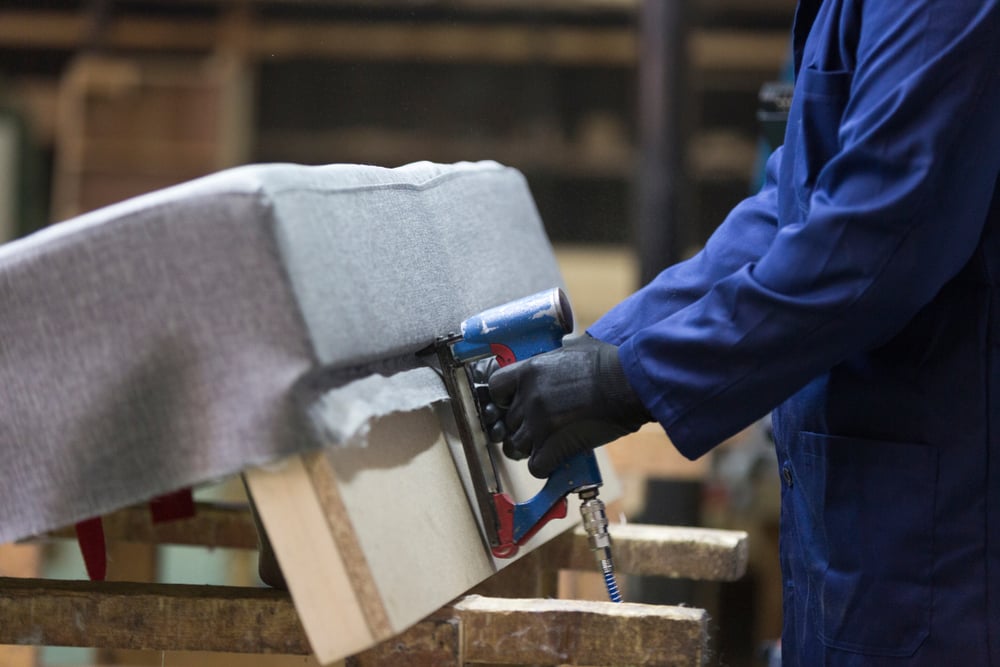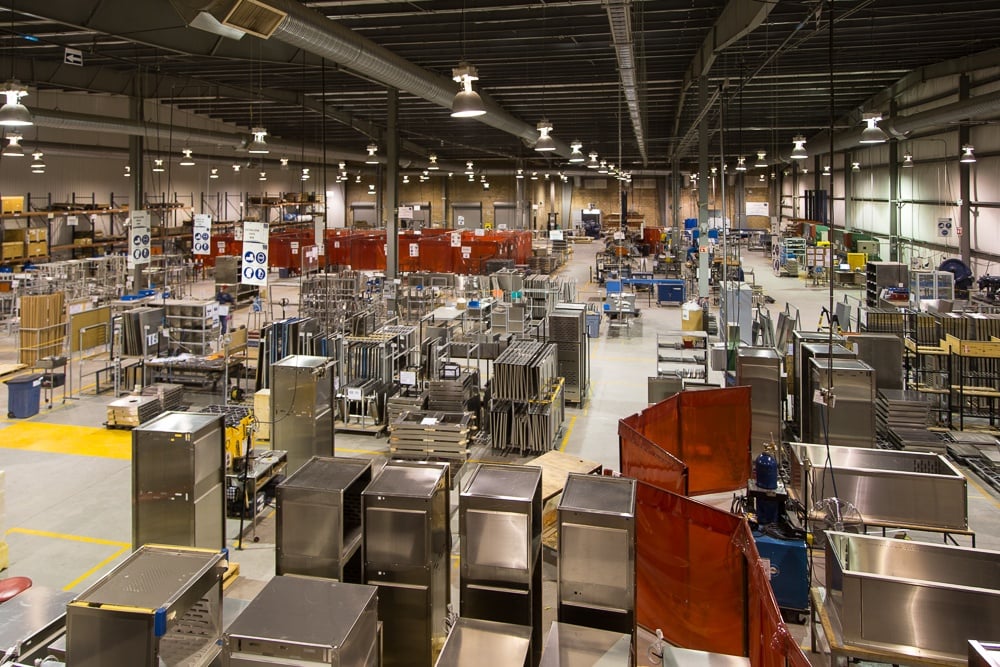The global manufacturing environment has been in the midst of drastic changes for some time, and North America is right in the center. A mass exodus of U.S. and Canadian manufacturers from China and other overseas countries has led to reshoring and nearshoring surges as more businesses move back to North America after being hit with increasing labor and operational costs. This departure from Asia has caused a manufacturing Renaissance in North America, with U.S. and Canadian businesses looking to build more plants in their home countries and examining offshoring options closer to the U.S. and Canada. Yet with this fast growth has come the dire need to find skilled workers to supply the demand, and expanding to Mexico has been a key solution.
Manufacturing needs to keep moving forward
In an article for Manufacturing.net, Philip Odette, president of Global Supply Chain Solutions, wrote that the ongoing revitalization of manufacturing relies on employing and retaining a skilled workforce. Many businesses have already implemented ways to increase their production of in-demand goods by building additional factories and adding more shifts, but some are experiencing a skills gap. While some manufacturers will focus on adopting innovative technologies to maintain their momentum, others require stronger workers to utilize the full potential of their existing equipment.
The potential for a US skills gap
The industry is only going to continue adding jobs and experiencing issues filling the open positions, despite the high salaries many companies offer their workers. According to a recent survey from The Boston Consulting Group, there's been concern within the manufacturing sector about whether businesses will be able to maintain their forward momentum with a shortage of qualified workers in the next few years. The report "The U.S. Skills Gap: Could It Threaten a Manufacturing Renaissance?" concluded many experts have overblown the effects of the labor shortage, but it may still be an issue in the near future. In fact, the report found the U.S. alone is already short 80,000 to 100,000 skilled manufacturing employees, and as experienced workers retire, it may renew concerns.
However, labor in the U.S. is expensive, and with manufacturers continually looking for ways to cut costs, employing a large number of workers in the country may be more expensive than many companies can afford.
"Quite often, the skilled workers are available - just not at a price employers are willing to pay," Harold Sirkin, a BCG senior partner and coauthor of the research, said.
For North American companies to fully take advantage of their current growth, finding a more affordable labor solution is vital.
North America's skilled labor is in Mexico
Mexico has long been known for having a highly-qualified workforce that is more experienced in manufacturing heavy products than other offshoring destinations. Manufacturing in Mexico not only provides U.S. and Canadian businesses with the opportunity to reduce their production costs and shortening their supply chains without sacrificing manufacturing quality, but also the ability to employ a skilled workforce, which will be essential to maintaining manufacturing's growth. According to Reuters, Mexico has one of the most skilled manufacturing workforces in the world due to specialized training centers and universities that provide Mexican workers with the opportunity to gain expert knowledge in manufacturing. Although Mexico has long been known for its heavy manufacturing industries, more Mexicans now have access to a university education where they can specialize in engineering - for free.
According to Reuters, having access to two- or five-year courses in manufacturing for little to no money is allowing the country to evolve its labor force and drive North American manufacturing growth. As manufacturers continue expanding to the country, Mexico's skilled workforce will only have more opportunities to advance its skill sets.
Subscribe
Sign up and stay informed with tips, updates, and best practices for manufacturing in Mexico.





